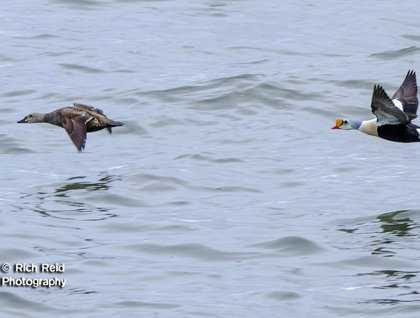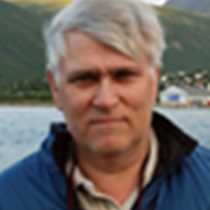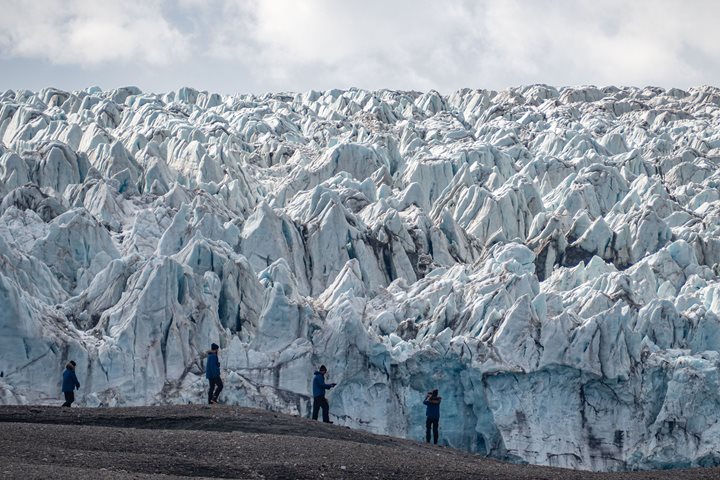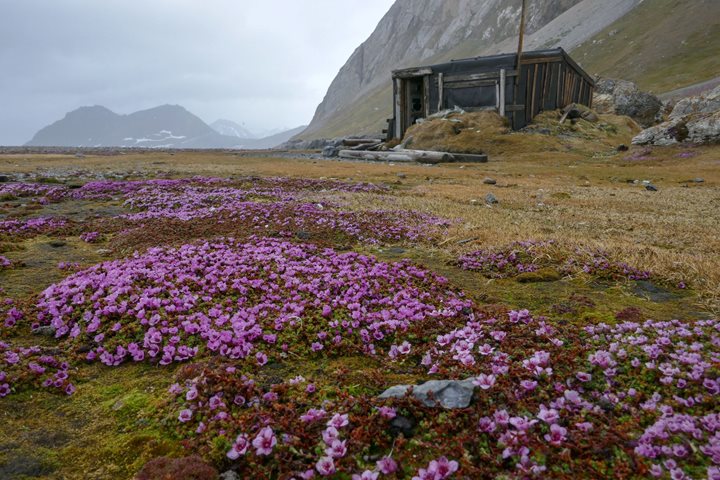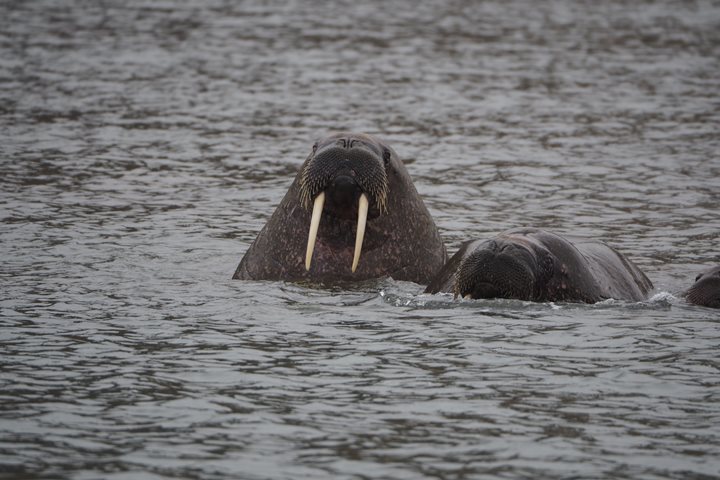After our successful first outing in Hornsund, we steamed south over a brilliant calm ocean and rounded the most southern tip, Sørkapp, of the main island Spitsbergen and set the course for Edgeøya. We are about to explore the area named Storfjord.
During breakfast we slowly approached the shallow areas at Russebukta with plans for hiking and kayaking, but it is an expedition. The wind picked up and the option for kayaking was replaced by Zodiac cruising.
The name “Russebukta’ originated because of Russians who settled along the west coast of Edgeøya. The people living along the coastal White Sea, called themselves Pomors and had a long history of being walrus hunters further east towards Novaya Zemlaya and the western coast of Siberia. More or less all of the Pomors that arrived to nowadays Svalbard, which in Russian literature was called ‘Grumant,’ came from the village Mezen on the eastern side of the White Sea. The active period for their hunting here was between 1700 and 1850.
At our landing site we were met by king eiders, red-throated loons, red phalaropes, long-tailed ducks. The long hikers took off over an undulating tundra landscape. Now some were able to meet the wet tundra, which in summer thaws over the upper layers and can create something here called ‘boot sucking mud.’ The key is to avoid the wetter areas.
The Zodiac cruisers explored the coastline searching for birds and had great views of king and common eiders. A few walrus were busy feeding in the shallow bay and came up very briefly to investigate us but rapidly continued to search for more clams.
Over lunch the ship was repositioned further north along the coast of Edgeøya, into Discobukta, which is a Dutch mistranslation of the English name ’Ducks Bay.’ It is very shallow and by far the longest Zodiac ride you can do here in Svalbard and conditions have to be perfect. So it was in the afternoon, with high tide, and soon everyone was ashore and walked up to the narrow canyon. It is a hidden paradise and holds a large number of breeding Kittiwakes and of course all of these birds attract the little Arctic fox. Several groups of guests were able to watch the fox hunting for a nice bird meal, the staple food here at Svalbard during summer for the fox, as we do not have any lemmings here.
Time to retreat onboard for the evening recap and this included a Swedish ‘snaps song’ performed by the Swedish crew and staff, including our captain and with help of our Argentinian staff as today is the day the Swedes celebrate Midsummer (although it happens astronomically during the night between June 21 & 22). The appetizer served was of course a plate with sorted varieties of herring.
Through the dinner the ship continued further north in Storfjord and reached Ginervabotnen, named after Lamont’s private yacht who sailed in these waters already in 1860’s. Lamont was one of the British Empire’s many economically independent landed entry men who enjoyed life and were keen on trophy hunting or exploromg the ever growing Empire.
We scanned the fast-ice very carefully and sighted plenty of walrus, both on ice floes and swimming. Finally, we saw a creamy spot far out on some denser fast-ice, our first polar bear. A great day to end a very magical day in the High Arctic.

